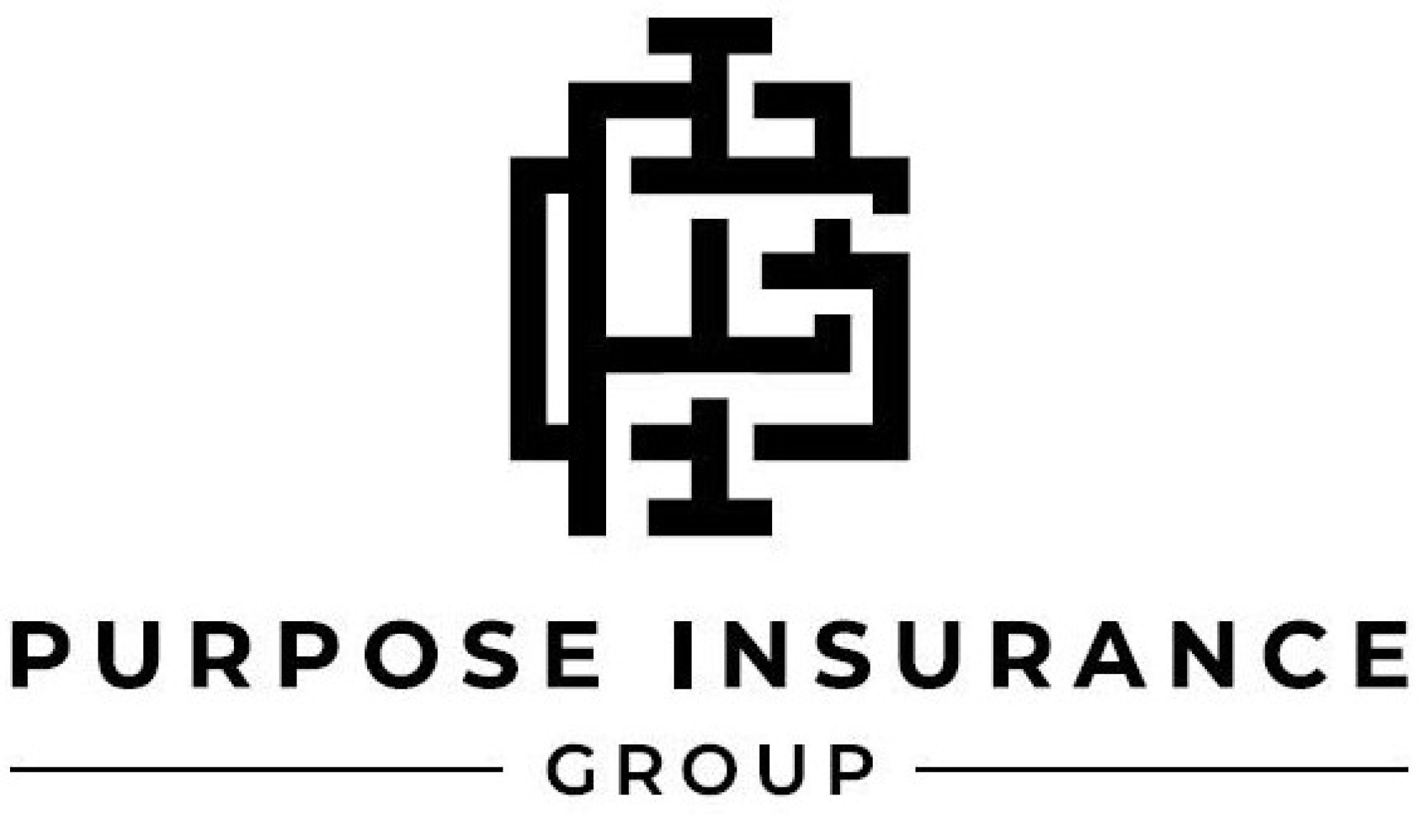Not known Factual Statements About Pacific Prime
Not known Factual Statements About Pacific Prime
Blog Article
Indicators on Pacific Prime You Should Know
Table of ContentsAll About Pacific PrimeExcitement About Pacific PrimeLittle Known Questions About Pacific Prime.Unknown Facts About Pacific PrimeSee This Report about Pacific Prime

This is due to the fact that the data were accumulated for a period of solid economic performance. Of the approximated 42 million people that were uninsured, all yet regarding 420,000 (concerning 1 percent) were under 65 years old, the age at which most Americans become eligible for Medicare; 32 million were adults in between ages 18 and 65, around 19 percent of all grownups in this age; and 10 million were youngsters under 18 years old, about 13.9 percent of all kids (Mills, 2000).
These quotes of the number of individuals uninsured are created from the annual March Supplement to the Current Populace Study (CPS), carried out by the Demographics Bureau. Unless otherwise noted, national price quotes of individuals without medical insurance and proportions of the population with different type of insurance coverage are based on the CPS, the most commonly used source of estimates of insurance policy protection and uninsurance rates.
An Unbiased View of Pacific Prime

Still, the CPS is specifically helpful due to the fact that it generates annual estimates relatively swiftly, reporting the previous year's insurance coverage approximates each September, and due to the fact that it is the basis for a constant set of estimates for greater than two decades, enabling for analysis of patterns in protection in time. For these reasons, along with the extensive use the CPS in various other studies of insurance protection that exist in this report, we depend on CPS price quotes, with constraints kept in mind.

The estimate of the number of uninsured individuals expands when a population's insurance coverage condition is tracked for a number of years. Over a three-year period starting early in 1993, 72 million people, 29 percent of the U.S. https://www.imdb.com/user/ur179624537/. population, lacked protection for a minimum of one month. Within a solitary year (1994 ), 53 million individuals experienced at the very least a month without insurance coverage (Bennefield, 1998a)
6 out of every ten uninsured adults are themselves employed. Functioning does enhance the likelihood that one and one's household participants will have insurance policy, it is not an assurance. Even participants of family members with 2 full time breadwinner have nearly a one-in-ten possibility of being without insurance (9.1 percent uninsured price) (Hoffman and Pohl, 2000).
Pacific Prime for Dummies
New immigrants account for a significant percentage of individuals without health and wellness insurance. One analysis has actually attributed a significant portion of the recent development in the dimension of the united state without insurance populace to immigrants who got here in the country in between 1994 and 1998 (Camarota and Edwards, 2000). Current immigrants (those that came to the United States within the previous four years) do have a high rate of being without insurance (46 percent), but they and their youngsters account for simply 6 percent of those without insurance coverage nationally (Holahan et al., 2001).
The partnership in between health and wellness insurance and accessibility to care is well established, as documented later in this chapter. Although the relationship in between medical insurance and article source health and wellness results is neither direct nor basic, a substantial professional and wellness solutions study literary works web links health insurance coverage to improved access to care, far better top quality, and boosted individual and population health status.
Degrees of analysis for analyzing the results of uninsurance. This conversation of medical insurance coverage concentrates mostly on the united state population under age 65 since basically all Americans 65 and older have Medicare or various other public protection. Additionally, it focuses specifically on those with no medical insurance for any size of time.
Some Known Incorrect Statements About Pacific Prime
The problems dealt with by the underinsured are in some aspects comparable to those dealt with by the without insurance, although they are generally less severe. international travel insurance. Uninsurance and underinsurance, nonetheless, entail clearly various plan problems, and the techniques for addressing them might differ. Throughout this research and the 5 reports to comply with, the major focus is on persons without medical insurance and therefore no help in paying for healthcare past what is readily available via charity and security net institutions
Medical insurance is an effective factor influencing invoice of care since both clients and physicians react to the out-of-pocket price of services - https://pubhtml5.com/homepage/pspip/. Medical insurance, nonetheless, is neither needed neither adequate to acquire access to clinical solutions. Nevertheless, the independent and direct effect of medical insurance protection on access to health services is well developed.
Others will acquire the wellness care they require even without medical insurance, by spending for it out of pocket or seeking it from carriers that provide care cost-free or at extremely subsidized prices. For still others, health and wellness insurance alone does not ensure receipt of care as a result of various other nonfinancial barriers, such as an absence of health care service providers in their area, limited access to transport, illiteracy, or linguistic and social distinctions.
What Does Pacific Prime Do?
Formal research concerning without insurance populations in the United States dates to the late 1920s and very early 1930s when the Committee on the Cost of Medical Treatment produced a collection of reports concerning financing physician workplace brows through and hospitalizations. This problem ended up being salient as the numbers of clinically indigent climbed throughout the Great Depression.
Report this page